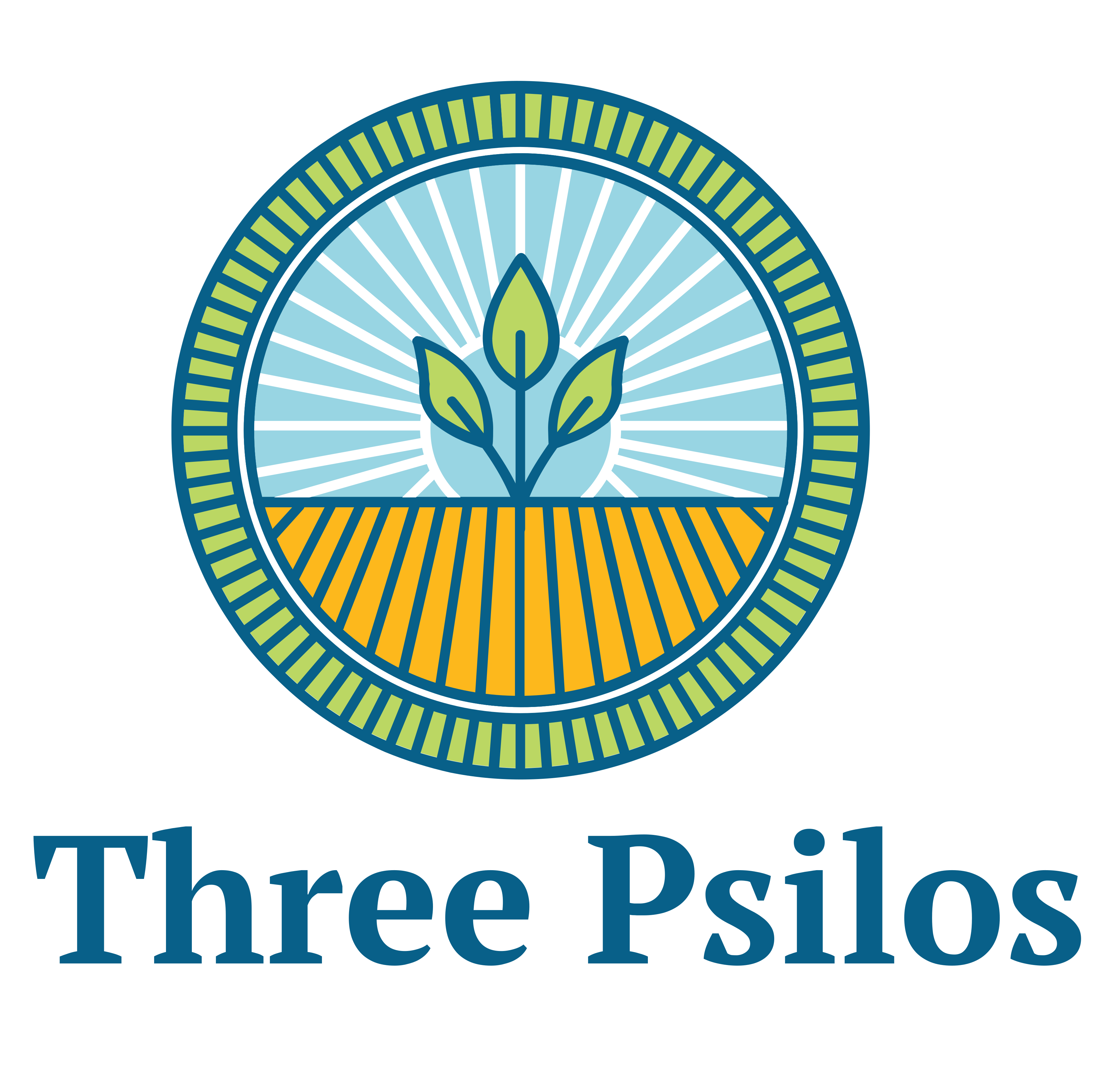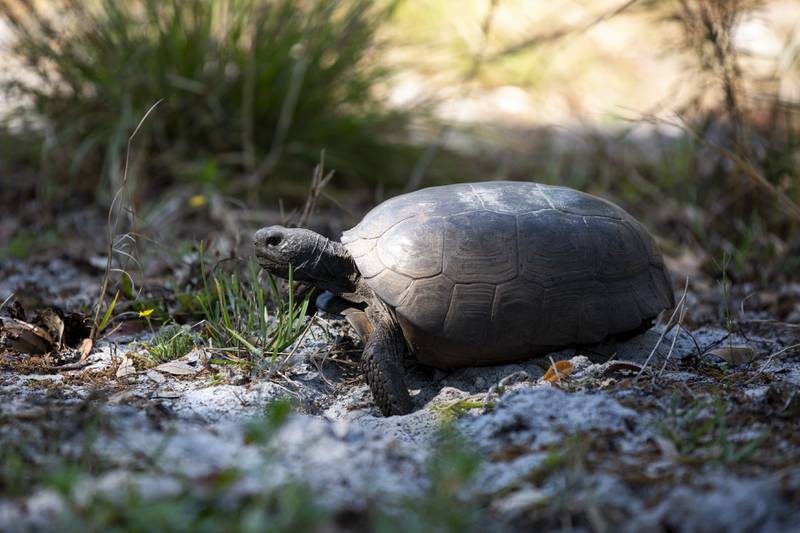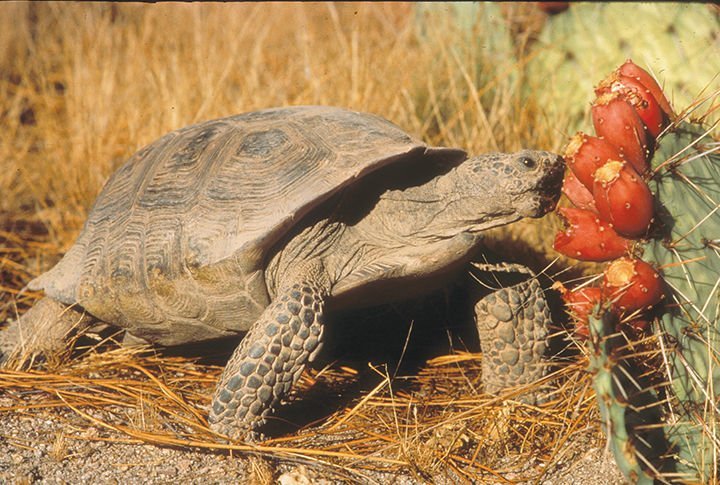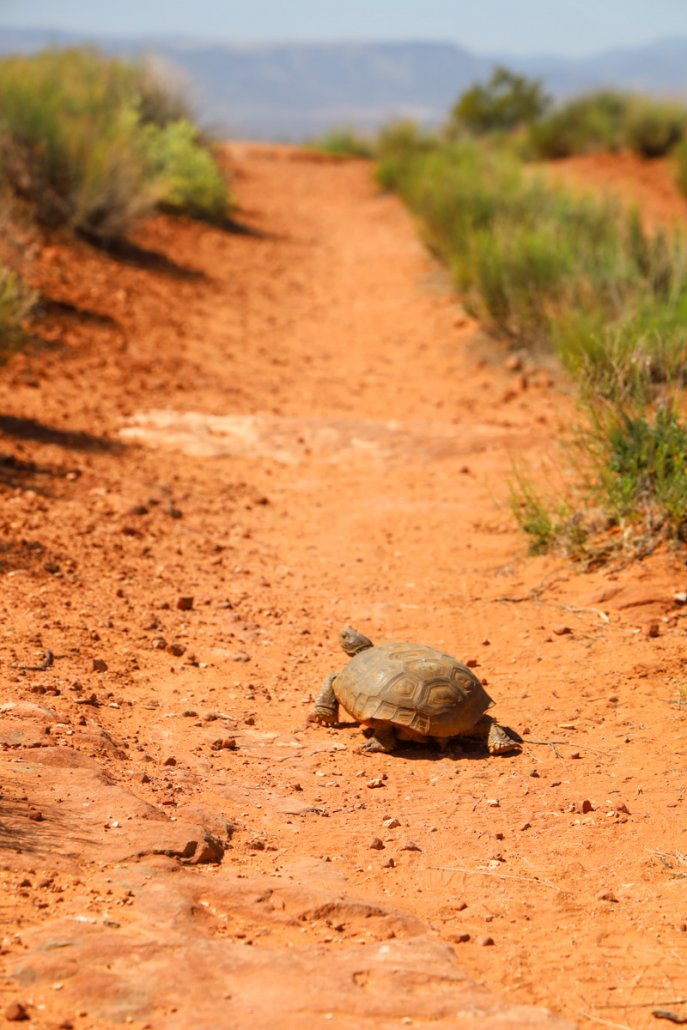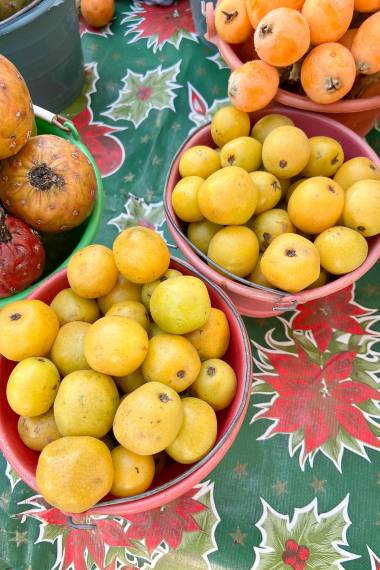The tissue culture labs at Three Psilos, Inc. have developed a novel fruiting shrub in the Rose family that has been aptly named Tortoise Plum™.
Tortoise Plum™ has been specifically developed to support the endangered North American land tortoises of the genus Gopherus. These land tortoises dig underground tunnels or burrows which give sanctuary to hundreds of other species, especially during natural wildfires.
Using a repeatable process we retain as “trade secret,” we have produced a new variety of shrub which is perfect for the very dry, upland areas in which Gopher Tortoises do exist, could exist, or should exist.
A Tortoise Plum™ supports the following tortoise species:
* Gopherus agassizii (Cooper, 1863)
* Gopherus berlandieri (Agassiz, 1857)
* Gopherus evgoodei (Edwards et al., 2016)
* Gopherus flavomarginatus (Legler, 1959)
* Gopherus morafkai (Murphy et al., 2011)
* Gopherus polyphemus (Daudin, 1802)
A tortoise burrow supports hundreds of mammals, birds, snakes, insects, and more. Their range covers a huge area from California to Florida and from Texas to Mexico within USDA zones 8 through 10. Tortoises are endangered as a result of ecological losses brought about by habitat destruction. A Tortoise Plum™ shrub can help restore the native ecology for endangered tortoises.
A Tortoise Plum™ is also a gorgeous ornamental which flowers profusely in early spring, producing many small, edible fruits by mid-summer. Many of the fruits fall to the center of the shrub, prompting tortoises to surface directly under a Tortoise Plum™. This further serves to offer protection to tortoise offspring, who are easily taken by predatory birds when a burrow opening is not protected. Further, livestock is not interested in Tortoise Plum™ as forage, which can help tortoises coexist with cattle.
Install Tortoise Plum™ in well-drained sand or dry washes in xeric chaparral, scrub, or shrublands, devoid of oaks; anywhere fossorial tortoises (genus Gopherus) are found, usually USDA zones 8-10.
Water Tortoise Plum™ daily until established, usually 60 days. 50% shade the first season; full sun the second season.
